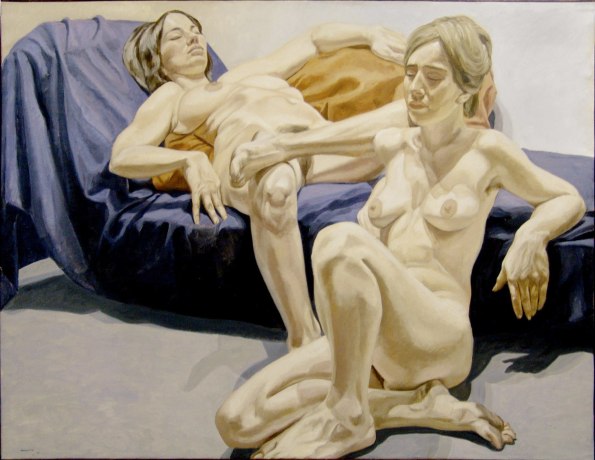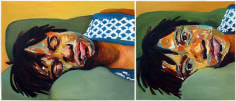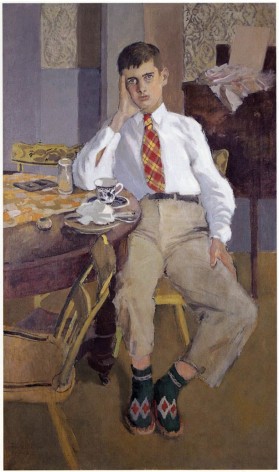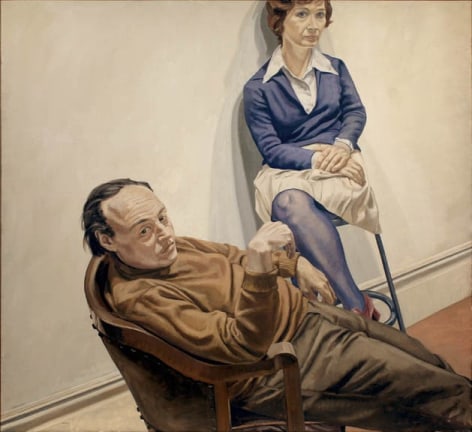
The American artist has pursued an independent path for more than 60 years. Here, he talks about his life and career, from his time in Italy during the second world war and his student days with Andy Warhol to his current practice
Pearlstein, Warhol, Cantor: From Carnegie Tech to New York,—featuring the work of three provocative artists—is as informative as it is pleasurable. As you enter the gallery you are faced with their ensemble photograph, taken on the front lawn of Pittsburgh’s Carnegie Tech in the late 1940s, the beginning of their lifelong friendship.
I'm not for a second accusing Warhol of anything close to plagiarism; his greatest talent, as I've said before, may have been his skill as a sponge, soaking up ideas and imagery that others threw away then turning them into vital parts of our culture. But Pearlstein does deserve some credit as spongee.
“Pearlstein, Warhol, Cantor: From Pittsburgh to New York” at The Andy Warhol Museum feels a bit like a family gathering where you learn things about your relatives you hadn’t heard before. It’s a rare look into the career beginnings of two talented young artists who achieved considerable success in both commercial and fine arts, and an opportunity to discover another who later chose to apply her talents elsewhere.
McIver, Esbenshade Professor of the Practice in Studio Arts in Duke's Art History and Visual Studies department, just finished teaching her first semester at Duke. She has gathered accolades including being named as one of the 2011's "Top Ten in Painting" by Art in America and has had her work reviewed by the New York Times. She was featured in an HBO documentary entitled "Raising Renee," which chronicles her experiences taking care of her older sister, who has a mental disability, as McIver's art career grew. The Chronicle spoke with Professor McIver to discuss her artistic inspiration, her experience at Duke and her recent trip to Cuba.
The Andy Warhol Museum presents Pearlstein, Warhol, Cantor: From Pittsburgh to New York, the first exhibition to explore the work of Philip Pearlstein, Andy Warhol, and Dorothy Cantor as students at Carnegie Tech (now Carnegie Mellon University), and as young artists breaking into the New York Art World in the early 1950s. This early period was one of close association between Warhol and Pearlstein as they were fellow students, roommates in New York, and enthusiastic artists working in commercial illustration. Cantor, one year behind them in school, was equally pursuing her work, but left her practice to start a family with Pearlstein.
Big debuts make headlines, sell art, and often change the culture. Michelangelo sculpted the David before he turned 30, John Keats died at 25, and Mozart was composing by age 5. But creative men and women, from J. M. W. Turner and Paul Cézanne to Philip Roth and George Eliot, often produce their greatest work after middle age. Is experience—in life, in art, in love, and loss—necessary to create works that stand the test of time?

Philip Pearlstein:
Six Paintings, Six Decades
February 27 – May 11, 2014
National Academy Museum
1083 Fifth Avenue
NYC
Opening Reception: February 26, 6 PM
(RSVP to development@nationalacademy.org or call 212.369.4880 x215)



